Auminium Fabrication Work
Transform your apartment into a stylish and functional living space. Our renovation services enhance aesthetics and optimize layouts, ensuring comfort and elegance for your urban lifestyle.
Revitalize your villa with our comprehensive renovation services. We blend modern design with classic elements, creating luxurious spaces that reflect your unique style and meet your lifestyle needs.
Create your dream bedroom with our tailored renovation services. We focus on comfort and aesthetics, ensuring a restful sanctuary that embodies your personal style and enhances relaxation.
Enhance your living room with our expert renovation services. We optimize space and design, creating a welcoming atmosphere perfect for entertaining or unwinding with family and friends.
Best Aluminum Fabrication Work Service Provider in Dubai & Abu Dhabi
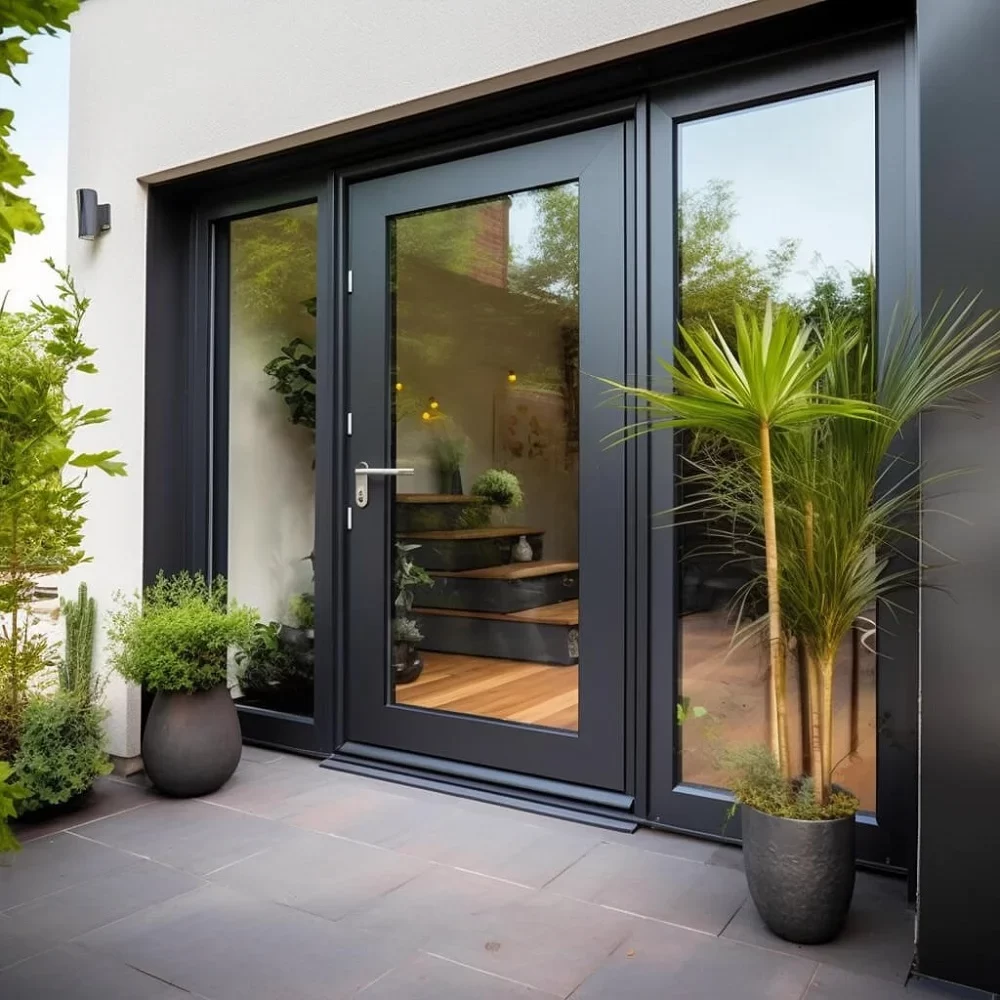
Looking for top-quality Aluminum Fabrication Work Dubai and Abu Dhabi? Our company is the leader in providing expert aluminum fabrication ceiling work, aluminum fabrication cupboard work, aluminum fabrication glass work, aluminum metal work, and aluminum windows services. We specialize in creating durable, customized solutions for commercial projects. Hire our skilled team to arrange all your aluminum fabrication needs. Engage with us for a seamless experience and schedule your service today. Book a consultation with us now, and trust us to deliver unmatched craftsmanship and professionalism for all your aluminum fabrication work Abu Dhabi projects in Dubai and Abu Dhabi.
Best Aluminum Fabrication Work Shop/Store in Dubai & Abu Dhabi for Residential and Commercial Projects
If you’re seeking the best Aluminum Fabrication Work Dubai for your residential or commercial projects in Dubai and Abu Dhabi, look no further! Our state-of-the-art workshops in both cities are equipped with cutting-edge technology, ensuring top-notch craftsmanship for all aluminum fabrication needs. Our dedicated team of experts specializes in a wide range of services, including aluminum fabrication ceiling work, aluminum fabrication cupboard work, aluminum fabrication glass work, and aluminum metal work. Whether it’s a small residential upgrade or a large-scale commercial project, we are ready to assist you with tailored solutions in Dubai and Abu Dhabi.
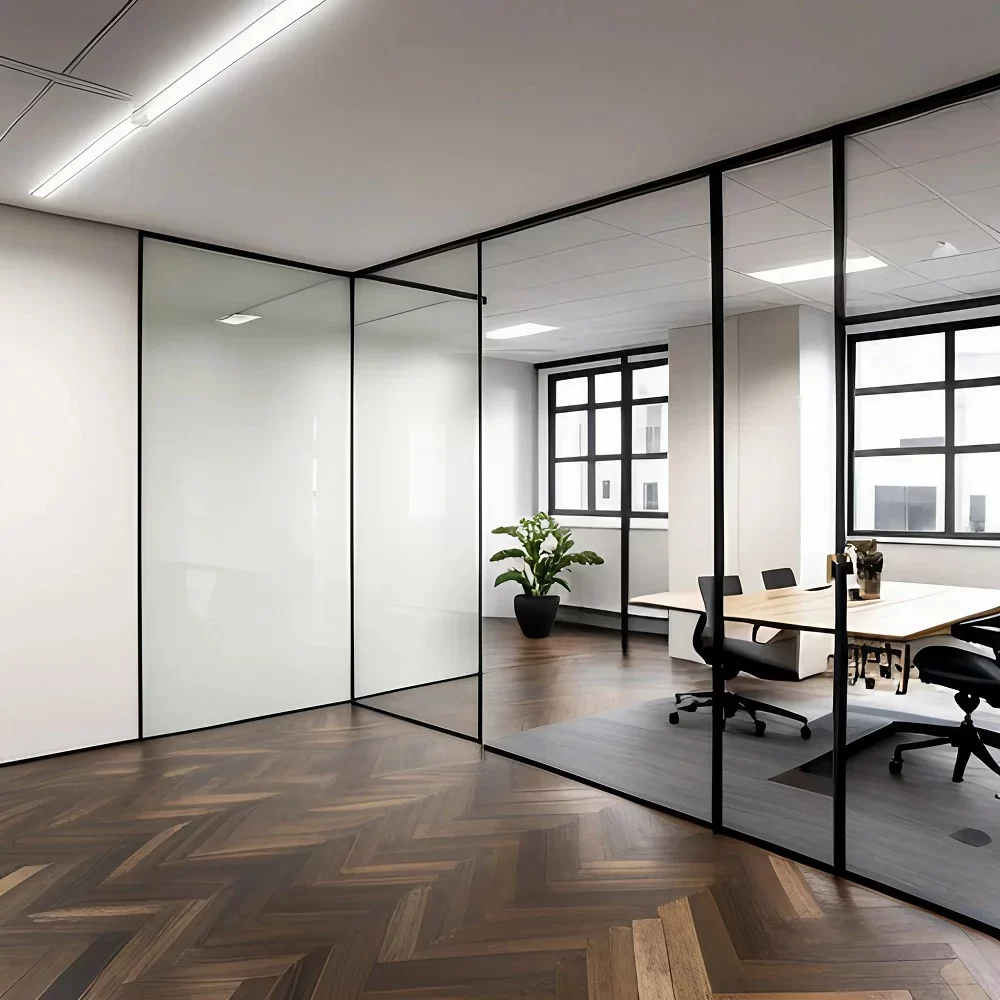
CLEARANCE SALE | LIMITED TIME OFFER | HURRY UP!
On-Demand Features of Our Aluminum Fabrication Work
Discover the exceptional on-demand features that make our Aluminum Fabrication Work Abu Dhabi the best choice for your projects:
- Antibacterial properties for cleaner, safer surfaces.
- Fire Rated/Fire Coated/Antifire solutions to ensure maximum safety and durability.
- Eco-Friendly materials that contribute to a sustainable future.
- Waterproof capabilities to protect against moisture damage.
Free Interior Design Service to help you plan the perfect space with ease.
Limited Time Offer: Get 30% Off on Selected Range of Aluminum Fabrication Work
Take advantage of our exclusive 30% discount on a selected range of Aluminum Fabrication Work Dubai services! Whether you’re planning a residential or commercial project in Dubai or Abu Dhabi, now is the perfect time to book your service and save big. Don’t miss out on this limited-time offer that guarantees exceptional quality at unbeatable prices. Our team is ready to help you with customized solutions for aluminum fabrication ceiling work, cupboard work, and more. Hurry, the clock is ticking on these incredible discounts!
Types of Aluminum Fabrication Work Abu Dhabi We Provide
Explore the diverse range of Aluminum Fabrication Work services we offer, tailored for both residential and commercial projects:
- Aluminum Fabrication Ceiling Work: Custom-designed ceilings made from durable aluminum, offering a sleek, modern look with superior strength and long-lasting performance.
- Aluminum Fabrication Cupboard Work: Durable and stylish aluminum cupboards designed to meet your storage needs while enhancing the aesthetic of your space.
- Aluminum Fabrication Glass Work: Precision-crafted aluminum frames for glass installations, ensuring seamless integration and maximum durability for windows, doors, and partitions.
Aluminum Metal Work: Expertly crafted aluminum metal solutions for a variety of applications, offering strength, flexibility, and resistance to harsh environmental conditions.
Benefits of Aluminum Fabrication Work We Provide
Discover the key benefits of choosing our Aluminum Fabrication Work for your residential and commercial projects:
- Durability and Strength: Our aluminum solutions are designed for long-lasting performance, ensuring your investment withstands harsh conditions and time.
- Lightweight and Flexible: Aluminum is naturally lightweight, making installations easier while providing flexible solutions that suit any design or space requirements.
- Low Maintenance: Enjoy easy upkeep with our corrosion-resistant aluminum fabrication that requires minimal maintenance, saving you time and money.
- Sustainable and Eco-Friendly: We use environmentally friendly materials, making our aluminum solutions a responsible choice for your projects.
Leading Aluminum Fabrication Work Service Provider Across All Emirates of UAE
As the top Aluminum Fabrication Work Dubai service provider in the UAE, we proudly serve all Emirates, including Dubai, Abu Dhabi, Sharjah, Ajman, Ras Al Khaimah, Fujairah, Umm Al Quwain, and Al Ain (Abu Dhabi). Whether you’re working on a residential or commercial project, our expert team delivers exceptional aluminum fabrication ceiling work, cupboard work, glass work, and metal work. We cater to the unique needs of each Emirate, ensuring high-quality, customized solutions across the UAE. Let us help you bring your vision to life with reliable, professional services.
OUR Gallery
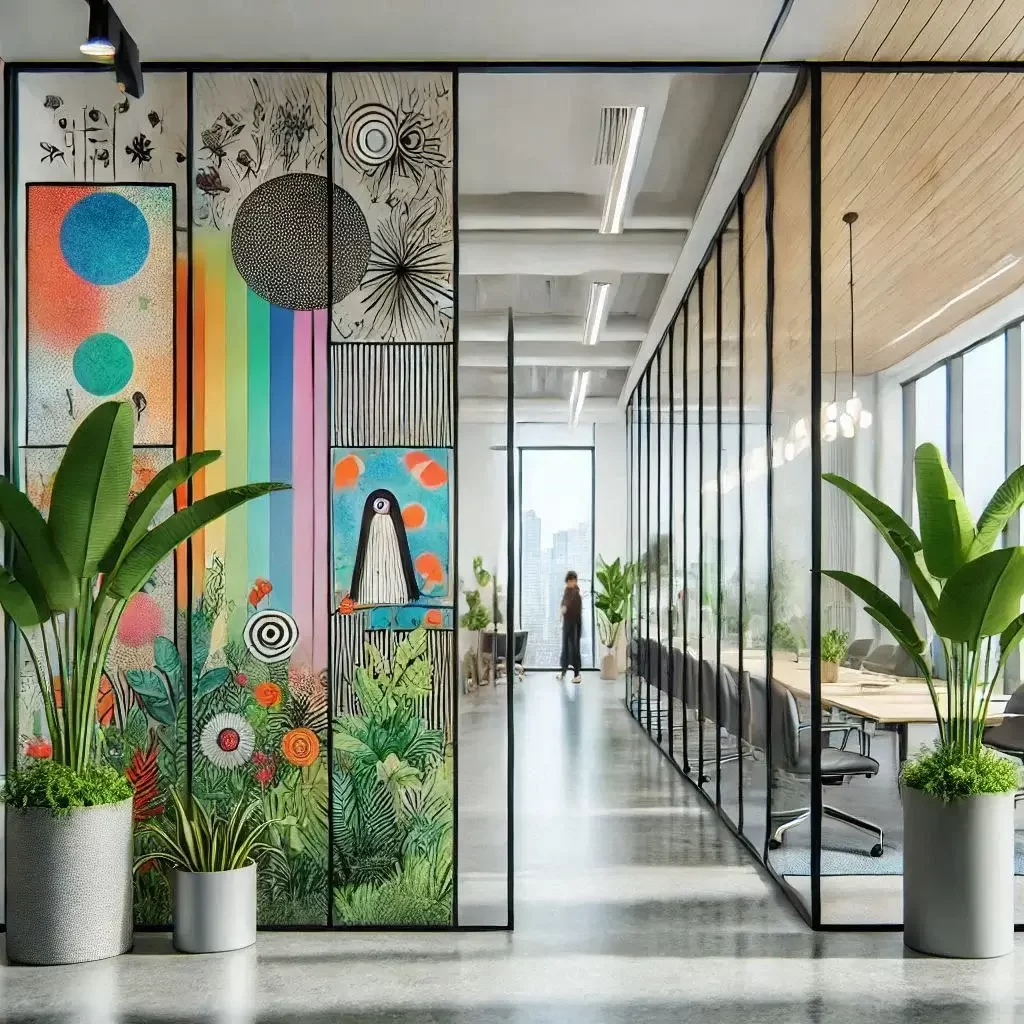
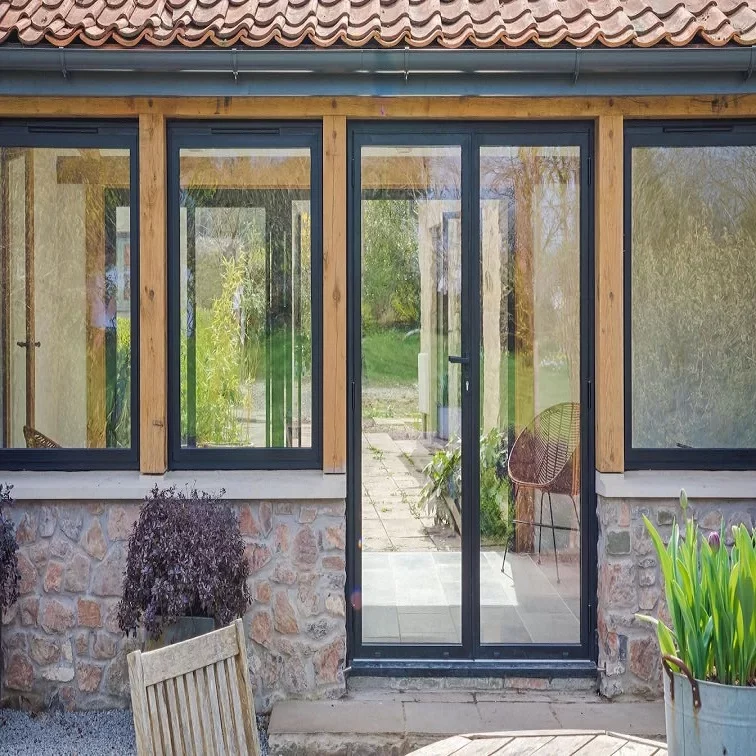
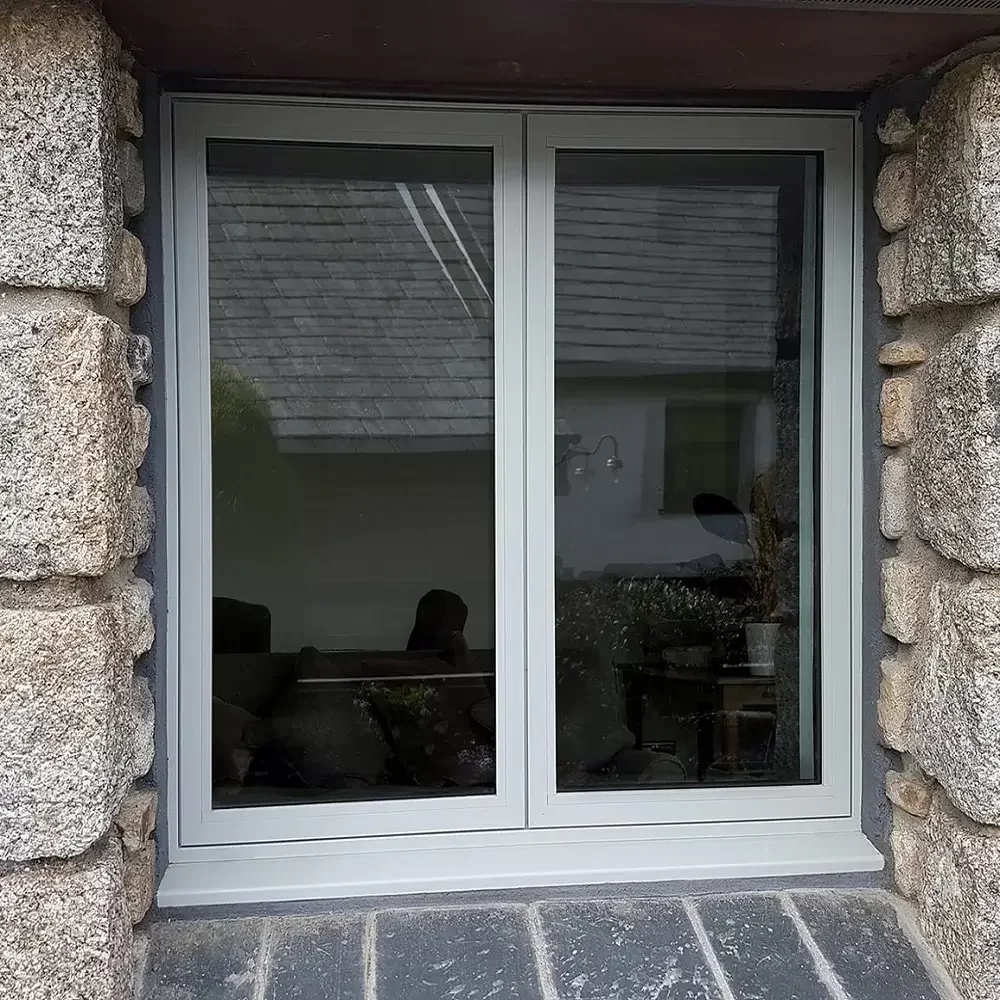
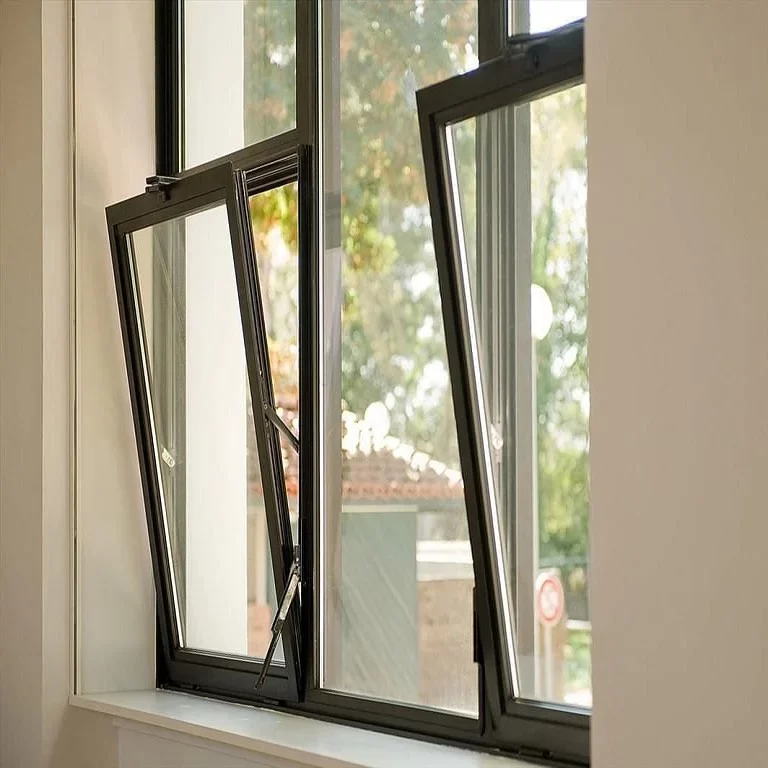


Why Choose Us for Aluminum Fabrication Work Dubai
- Expertise and Experience: Our team brings extensive knowledge and skill in providing top-quality aluminum fabrication for residential and commercial projects.
- Comprehensive Range of Services: From aluminum fabrication ceiling work to metal work and glass work, we offer tailored solutions for every need.
- Durability and Precision: We deliver long-lasting, precise results that stand the test of time, ensuring high performance in every installation.
- Eco-Friendly Solutions: We use sustainable materials, prioritizing environmental responsibility while maintaining high standards of craftsmanship.
- Customer Satisfaction: We are dedicated to providing exceptional service, ensuring timely delivery and complete satisfaction for every project.
Our Expert Aluminum Fabrication Work Team: We Work 24/7 to Deliver Excellence!
At the heart of our exceptional Aluminum Fabrication Work Dubai is our expert team, working around the clock to meet your needs. Whether it’s aluminum fabrication ceiling work, aluminum fabrication cupboard work, aluminum fabrication glass work, or aluminum metal work, we provide top-tier solutions with unmatched precision. Our team is dedicated to delivering the best results, no matter the project size. We also offer on-demand services, ensuring customized solutions tailored to your unique requirements. With 24/7 availability, we’re always ready to bring your vision to life, anytime you need us!
FAQs about Aluminum Fabrication Work
A.Aluminum Fabrication Work refers to the process of creating products and structures by cutting, shaping, and assembling aluminum materials. This includes a range of services such as ceiling work, cupboard work, glass work, and metal work.
A. Aluminum fabrication offers several benefits including durability, lightweight, low maintenance, and resistance to corrosion. It’s an eco-friendly material that provides flexible and long-lasting solutions for both residential and commercial projects.
A.Yes, we specialize in customized aluminum fabrication solutions tailored to meet the specific needs of our clients, whether for ceiling work, cupboards, glass installations, or metal work.
A.The timeline depends on the scope and complexity of the project. We ensure timely delivery while maintaining high-quality standards, and we provide estimated completion times during the initial consultation.
A.Yes, aluminum fabrication work is ideal for outdoor use due to its weather-resistant properties, making it suitable for a variety of outdoor applications, from windows and doors to outdoor furniture.
A.Yes, we offer professional installation services for all types of aluminum fabrication work, ensuring that everything is installed safely and to the highest standards.



